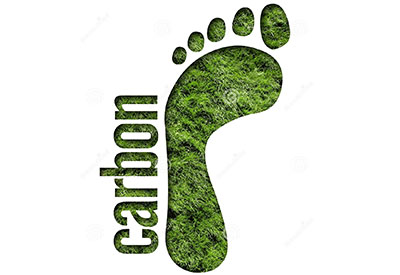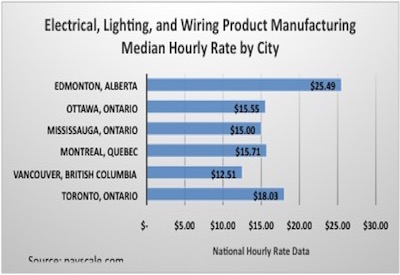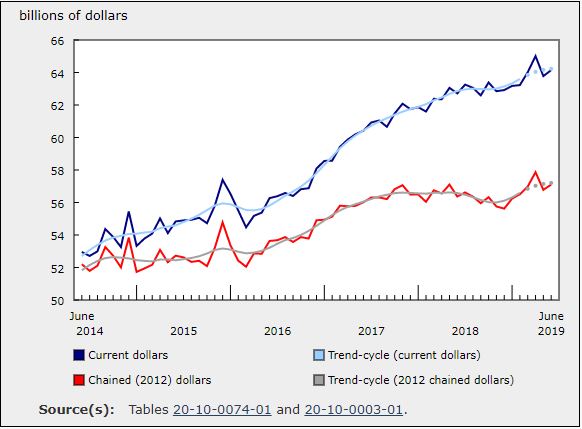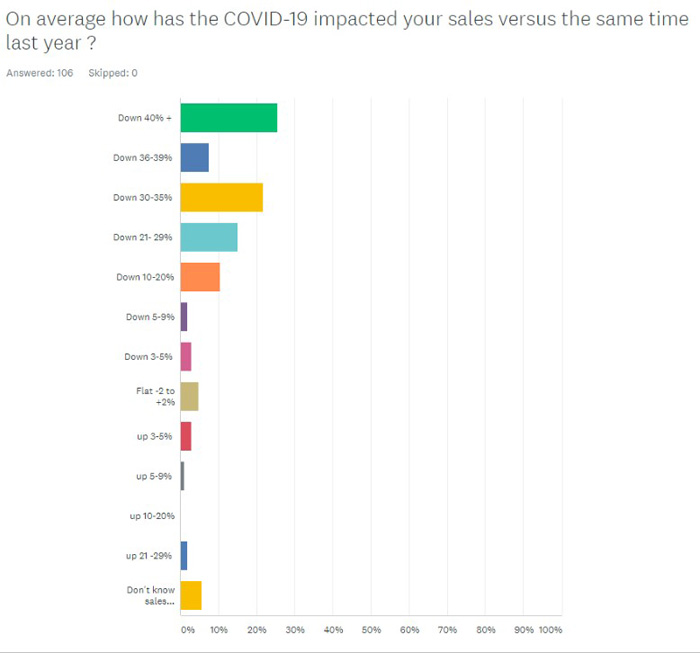Warehouse Carbon Footprint Calculation 101

Looking for additional ways to reduce carbon emissions from your company’s supply chain? It may be time to inquire within — specifically within the four walls of your warehouses.
Although your warehousing network may not expend the same kinds of energy as your carriers or in-house fleet, its facilities are still prime contributors to your logistical carbon footprint, not to mention full of opportunities to go greener.
With that in mind, it might be time to consider measuring your distribution centre’s environmental impact by running some warehouse carbon footprint calculations, such as the following:
Anatomy of a warehouse carbon footprint calculation
Used as starting point to help companies make better, more environmentally friendly decisions, warehouse carbon footprint calculations have multiple components — and many questions and helpful hints that go hand-in-hand with them. In addition to key operational details such as total square footage, head count and hours of operation, these include the following.
▪ E-Grid emissions: which grid is the facility being measured located in? Helpful hints: a piece of industrial equipment or electrical appliance operating at a facility in one area of the country is going to account for considerably different levels of greenhouse gas than that same appliance or forklift operating in another, because each of the sub-regions within our country’s power grids emits very different levels of carbon dioxide per megawatt hour.
▪ Material handling equipment: how many pieces of equipment does the facility use? Are they powered with propane or electricity? Are they stand-up or sit-down? And what is each piece of equipment’s wattage or litres per km / litres per hour? Helpful hints: stand-up equipment is generally more energy efficient than sit-down. Also, in some e-grid sub-regions, propane and electric power sources for industrial equipment are roughly equal in terms of emissions. In others — those that are high — propane is going to have the lower level of carbon emissions.
▪ Warehouse, office and miscellaneous equipment: have you measured all of the equipment in your facility, or just the equipment on your warehouse floor? Helpful hints: In addition to capturing key data about obvious items such as heat-shrink machines, conveyors or layer-picking, don’t forget to measure small pieces of equipment like microwaves, refrigerators, office computers, and printers. These items also are carbon footprint contributors, too, even if they are relatively small ones.
▪ Heating, cooling and insulation: what kind of heating and cooling systems does the facility use and what are their energy efficiency ratings? And how well is the facility able to maintain coolness or heat? Helpful hints: consider exactly how many exposures such as windows, truck doors, building doors, etc. that a facility has to the outer environment, because these can all contribute to a facility’s heating and cooling systems having to work harder. Other key factors to weigh include the thickness and materials of a facility’s walls, the type and R factor of shingles used, and how many days per year heating and cooling systems are in use.
▪ Lighting: how many fixtures does the facility have, and what is the wattage being used? Just as important, is the lighting metal halide or fluorescent/incandescent? Helpful hints: pay especially close attention to this category, because it usually accounts for the largest portion of a warehouse’s carbon footprint. Fluorescent/incandescent is considerably more energy efficient than metal halide lighting.
▪ Waste: how many tons of cardboard, plastic and other waste is the facility sending to landfills instead of recycling? Helpful hints: determine what type and compaction ratio of a trash compactor a facility is using, along with the size of its dumpsters (in tons) and frequency of trash collection. And don’t be surprised if the annual total is close to one pound per 100 square feet of warehouse.
▪ Real-world, reliable references: how can our company be sure it’s assigning the proper values or ratings to all of these things we’re measuring? Helpful hints: there are several highly helpful primary and secondary sources available. These include government agencies such as the U.S. Environmental Protection Agency, Department of Energy, National Institute of Standards and Technology and National Oceanographic Data Center. They also include private or government initiatives such as LEED and EnergyStar. Finally there are many academic organizations and private companies that specialize in things like lighting design, roofing and climate control. Tap into their expertise, and your company should be able to drill down into certain areas of its calculation more quickly or thoroughly.
How can you use a warehouse carbon footprint calculation?
Once your company has solid warehouse carbon footprint calculations in hand, there are myriad ways you can apply these findings to help “green” everything from your DC site selection to your HVAC efficiency.
For example:
▪ If you’re about to build, open or move to a new facility, you can use your warehouse carbon footprint calculations to compare the energy-efficient merits of two different facilities, compare and contrast the sustainability of various structural attributes or pieces of material handling equipment, or to help ensure you’re choosing the greenest possible heating and cooling solutions.
▪ If you’re investigating the feasibility of replacing a DC’s outdated lighting or aging roof, you can use these calculations to help augment ROI information or to select the most environmentally friendly materials.
▪ If you don’t know where to start focusing your warehouse sustainability efforts, your warehouse carbon footprint calculations could serve as excellent starting points. Among other things they can help you rank your facilities or areas within facilities in terms of their carbon footprints, so that if you have limited time, you can focus on the ones that have the highest scores first.
And should your company not be in a position to pursue any of these options, you can still make a positive environmental impact by using these calculations to help accurately determine how many carbon offsets you should purchase (and then purchase them.)
In fact, the only wrong way to use your warehouse carbon footprint calculation results is to ignore them. After all, knowledge is power only if it’s used, and taking the time to make any component of your supply chain more sustainable will always be a wise use of energy.
APL Logistics is a global supply chain specialist for companies in the retail/apparel, automotive, consumer, and industrials sectors. The company has a global network covering all major markets; backed by a multinational workforce of about 6,000 people. APL Logistics is a member of the Kintetsu World Express (KWE) group, a global logistics services provider.











